Search
Remove Ads
Advertisement
Summary 
Loading AI-generated summary based on World History Encyclopedia articles ...
Search Results

Image
Cleric, Knight, and Workman Representing the Three Classes
An inhabited initial from 13th-century France depicting the tripartite order of the Middle Ages: the Oratores (those who pray – the clerics), the Bellatores (those who fight – knights or nobility) and the Laboratores (those who work – peasants...
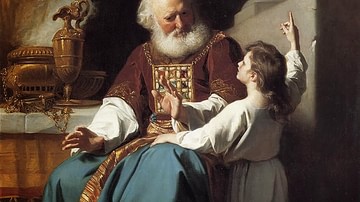
Definition
Samuel
Samuel is a character in the Hebrew Bible and the Old Testament, uniquely depicted as having served several roles, as judge, military leader, seer, prophet, kingmaker, priestly official, and loyal servant of Yahweh. He is traditionally thought...
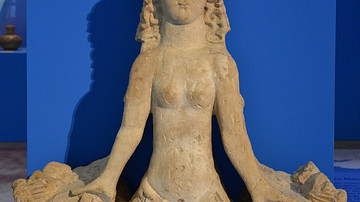
Definition
Scythian Religion
Scythian religion appears to be an amalgam of belief in a pantheon of gods grafted to more ancient animal reverence and shamanistic practice. According to their burial finds, the Scythians appear to have had a deep affinity with the animals...
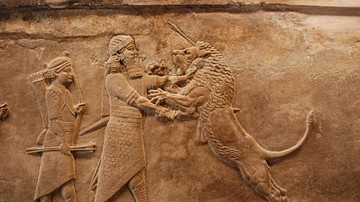
Definition
Mesopotamia
Mesopotamia (from the Greek, meaning 'between two rivers') was an ancient region located in the eastern Mediterranean bounded in the northeast by the Zagros Mountains and in the southeast by the Arabian Plateau, corresponding to modern-day...
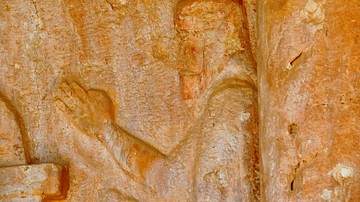
Definition
Ancient Persian Religion
Ancient Persian religion was a polytheistic faith which corresponds roughly to what is known today as ancient Persian mythology. It first developed in the region known as Greater Iran (the Caucasus, Central Asia, South Asia, and West Asia...
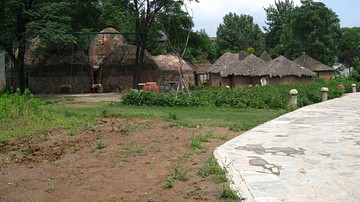
Article
Daily Life in Ancient China
Daily life in ancient China changed through the centuries but reflected the values of the presence of gods and one's ancestors in almost every time period. Villages like Banpo show evidence of a matriarchal society, where there was a priestly...
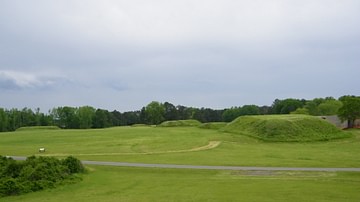
Definition
Moundville
Moundville is an archaeological site and park in Hale County, Alabama, USA on the Black Warrior River enclosing a Native American site dated to c. 1100 - c. 1450 CE. The earthen mounds which give the site its modern name were built by an...
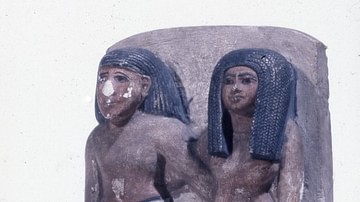
Article
Fashion & Dress in Ancient Egypt
Fashion in ancient Egypt epitomized the concept of simplicity and ease in movement and remained relatively unchanged in this regard for over 3,000 years. Clothing and footwear differed in ornamentation between the upper and lower classes...
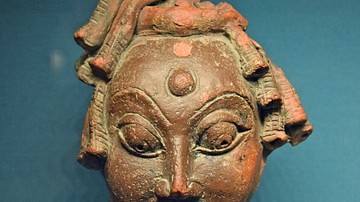
Article
Initiation of religions in India
The religious practices of the early Indo-Aryans, known as the Vedic religion (1500 BCE to 500 BCE) were written down and later redacted into the Samhitas, four canonical collections of hymns or mantras, called the Veda, in archaic Sanskrit...

Image
Ancient Roman Society and Social Order
An illustration of the complexity and dynamics of the Ancient Roman society and social order. Ancient Roman society was structured along the lines of wealth, political privilege, ancestry, citizenship, and freedom (it was also unquestionably...